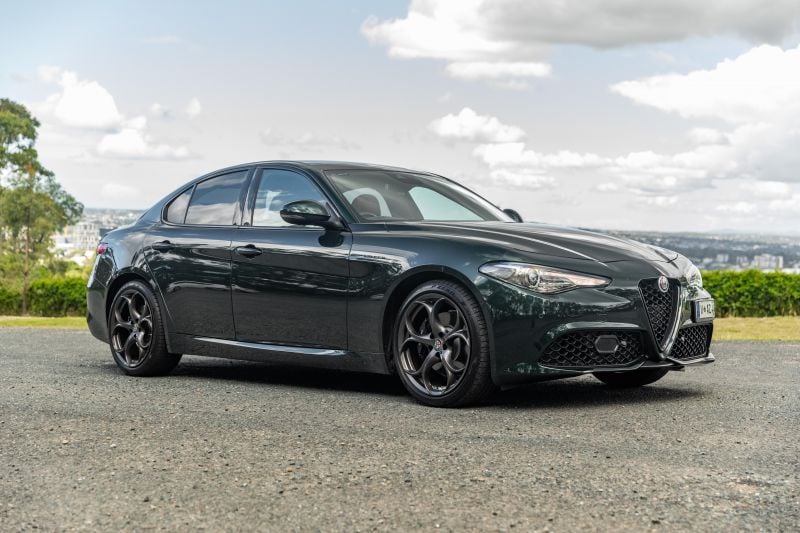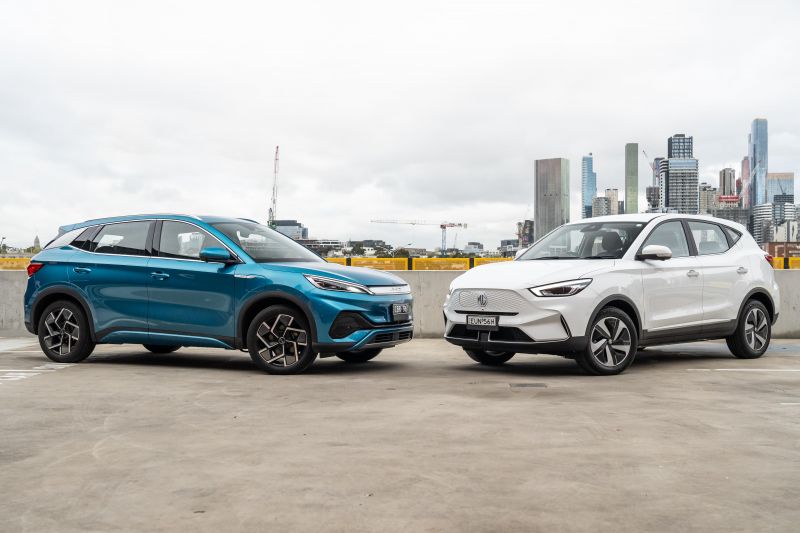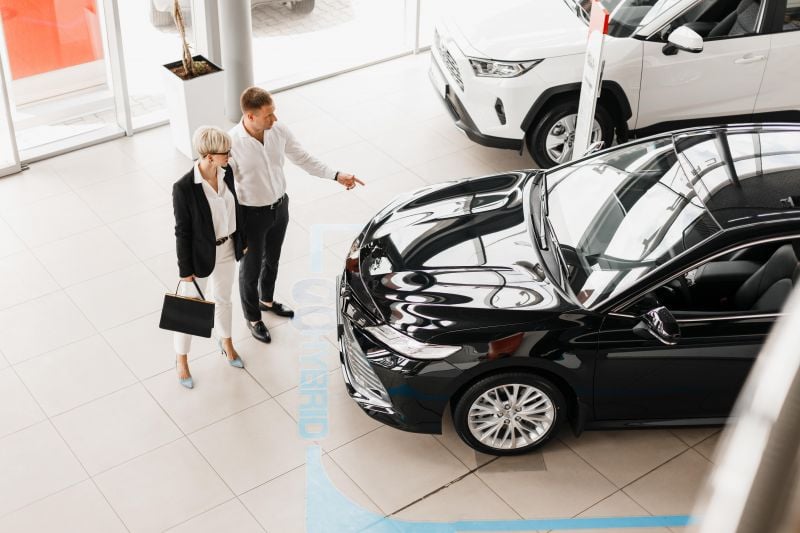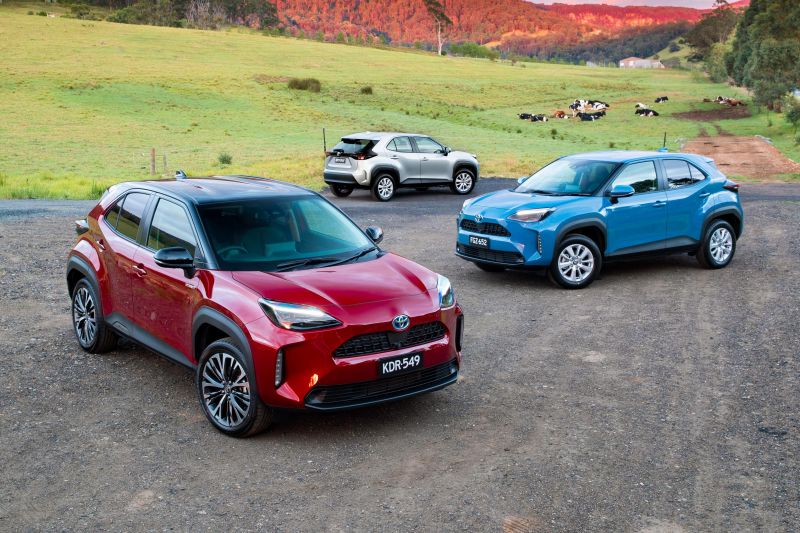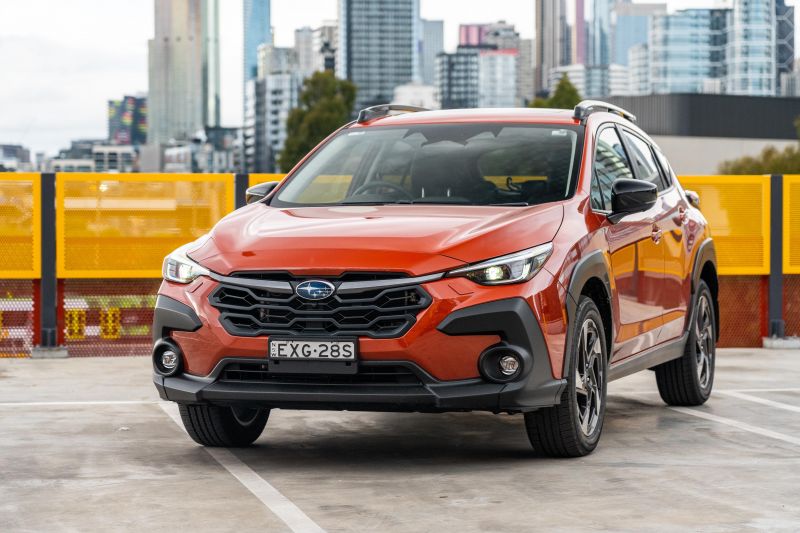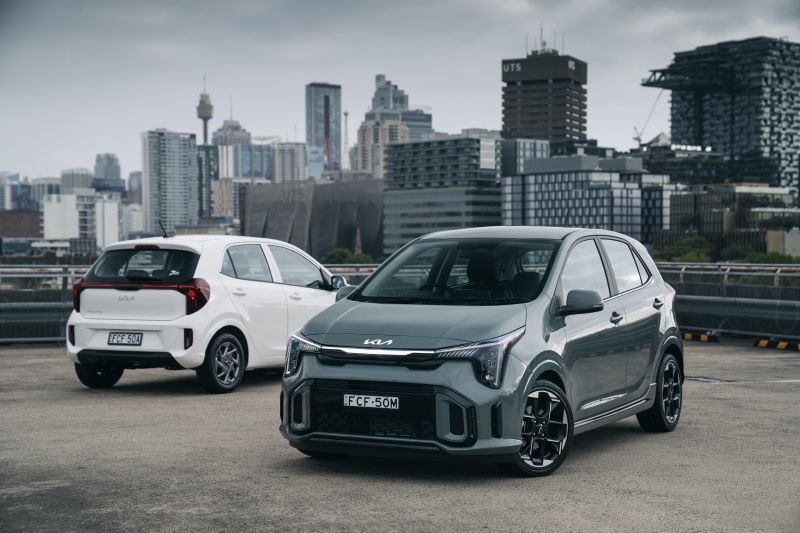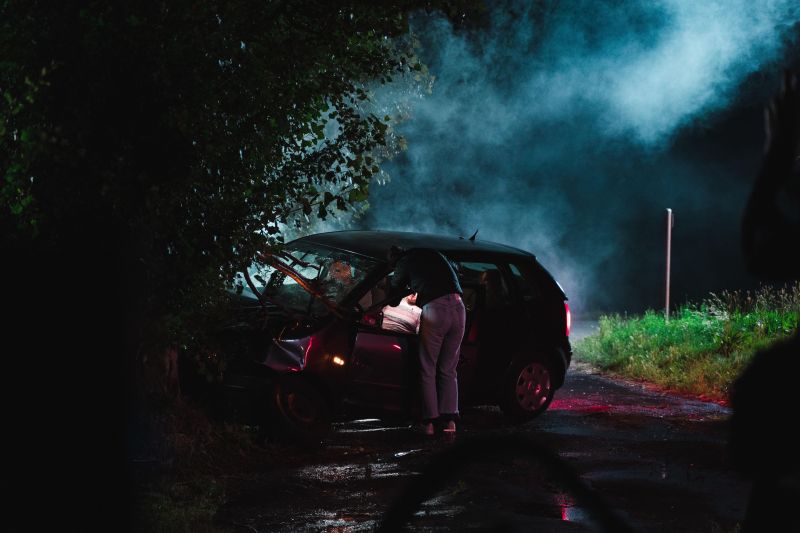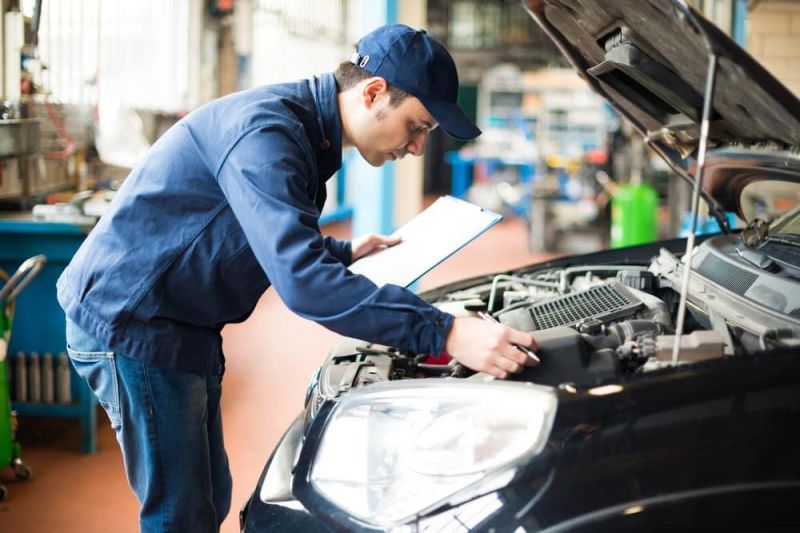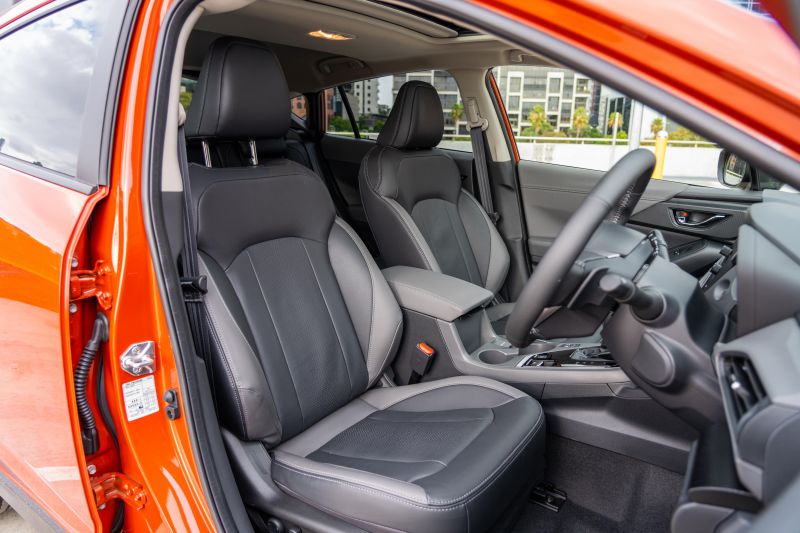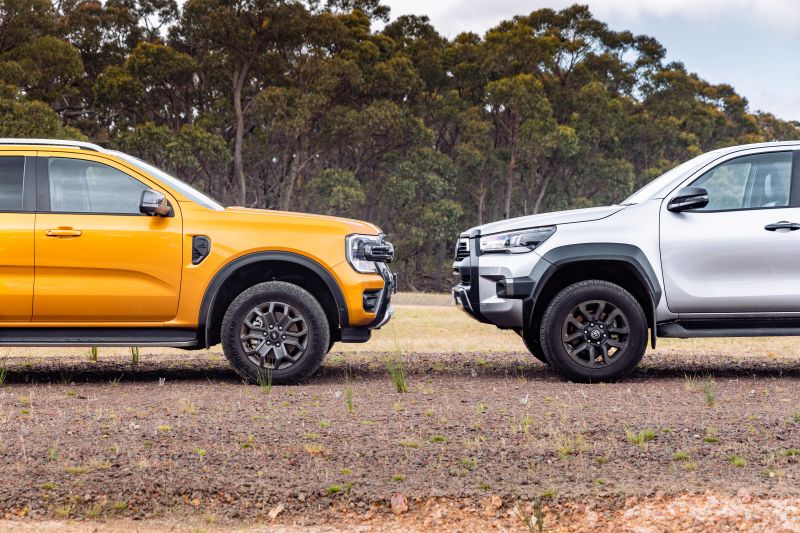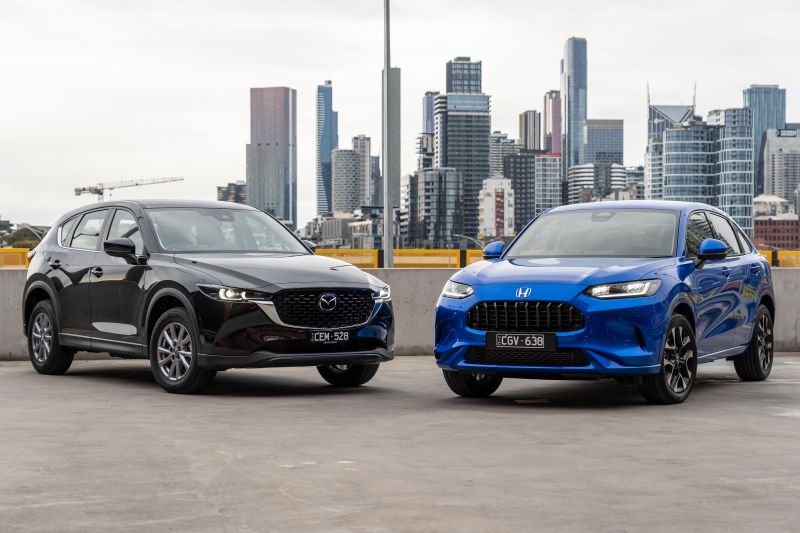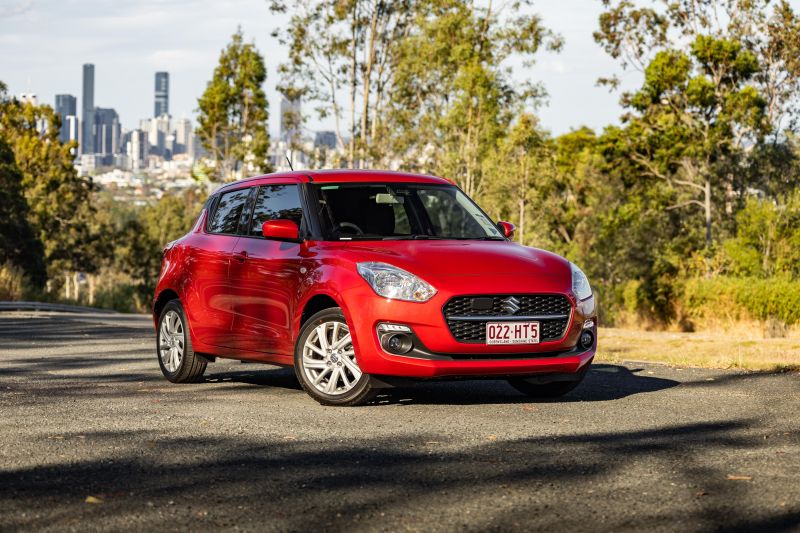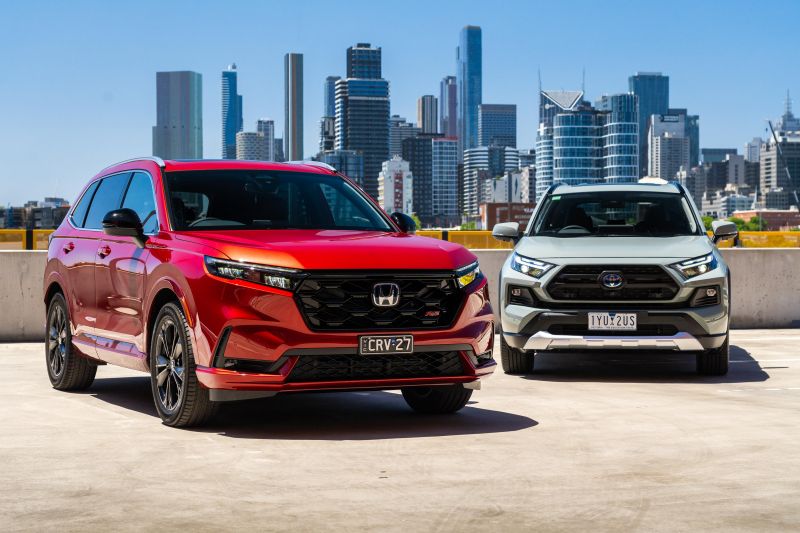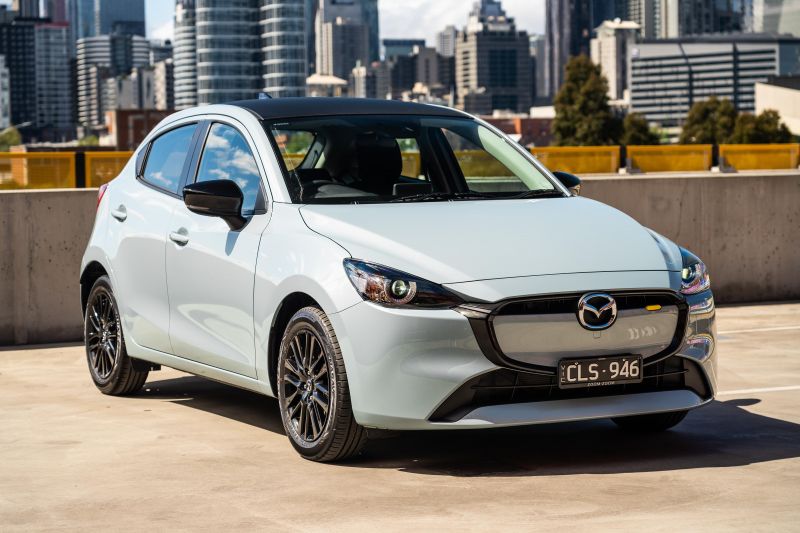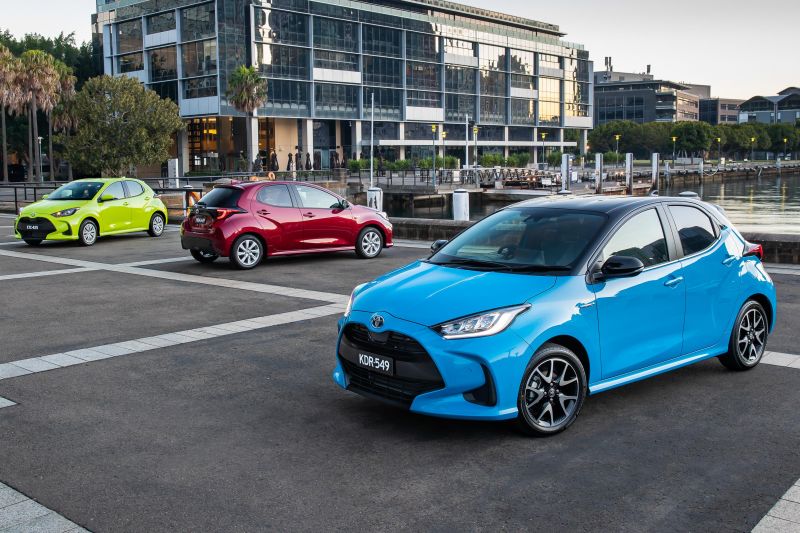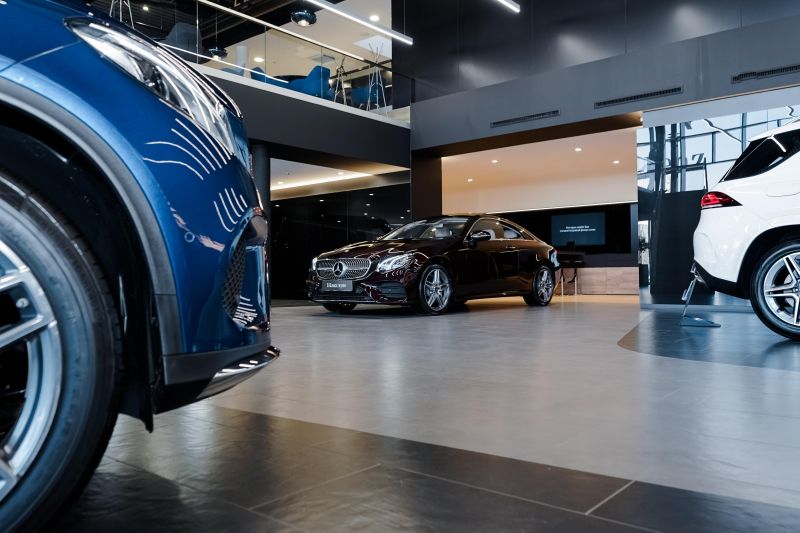Everyone eventually reaches the point where they are shopping for a retirement car. Many describe it as their ‘last car’.
Some people do it when they hit their retirement day from full-time work, others do it at the first sign of significant health troubles, and others because they feel the need to downsize.
But getting old, or in reality just old(er), shouldn’t be an instant trigger for a car swap. If you have a car you love, and it does the job and owes you nothing, then why change?
That said, my parents bought their ‘last car’ when they retired, expecting it to carry them through to later life in a nursing home, while they were still in their late fifties. But there were five more cars before their time was done.
So choosing a car to take you through the twilight years is not easy. Unless you have the money for a Rolls-Royce Phantom, and a chauffeur as well, it’s going to be some sort of compromise.
The last car also needs to be like the last dance – special.
Reasons to switch
Looking for a ‘last car’ can be a morbid operation. It’s definitely going to be a challenge.
But downsizing, in size or price or both, can also be fun when you’re shopping for a car to tick your later-in-life boxes.
Some people will even go for a selfish sports car to enjoy the best of their twilight times.
You could do as one particular 80-year old man did and buy an Alfa Romeo Giulia, joining the community of global Alfa fans known as the ‘Alfisti’ and handing off his Kia Cerato to his son.
A tight budget can mean some secondhand shopping for a lot of down-sizers, but it’s best to stretch the budget and turn a retirement car into a retirement gift.
Going new also eliminates many of the questions and worries, as well as providing the lovely ’new-car smell’ as a later-life highlight.
Even so, there are questions to be answered, and those answers will point to the best choice for the future.
Are you making a switch to save money? Is it because you are travelling less, and staying closer to home?
Is it because you’re buying a caravan and heading off on The Big Trip around Australia? Are you looking for a greener solution, either hybrid or battery-electric?
Needs change and so do priorities, but even a retirement car could need space for youngsters – the grandchildren this time – or bicycles or pets.
How to downsize
Choosing the next move on a retirement car is about timing, price and size.
Don’t be rushed on any front – from disposing of a current car through to signing the paperwork for something new.
Time is on your side. So, too, should be some expert assistance.
Look for a family member who knows about cars, someone who knows about finances, and perhaps even a relative or family friend who is interested in your current wheels.
A keyboard warrior, to do the inevitable online research and comparison work – looking at everything from cabin space and engine size to insurance and fuel economy – is a must.
Setting the parameters for the change are as simple as answering one basic question: what do you really need for a retirement car?
Most people will want something smaller and more fuel efficient, lots will be looking for a hybrid to cut running costs, and safety should be a high priority.
Then there is a high-rider driving position, to improve visibility and also make it easier to get in and out of a car.
So list your needs and then leave some space for a bit of ‘wow factor’ to make buying a reward and not a punishment.
The right size
The easy answer for a retirement car is a compact SUV. Think of it as a small station wagon with extra ride height and easier access.
Everyone has one, from Alfa Romeo to Volkswagen and Volvo, but any easy starting point for comparison work are the Subaru Crosstrek and Forester. They are the closest in concept to an old-school wagon, driving most like a passenger car with the safety advantage of all-wheel drive for greasy or gravel roads.
But things – and pictures – can be deceiving.
The Toyota RAV4 is much bigger today than it was when it first arrived in Australia, catering to growing families, with the Corolla Cross filling its previous position.
Companies such as Hyundai and Kia and Mazda all have SUVs in various sizes, so it takes a trip to the showroom to do the ‘Goldilocks’ work on the right size.
The vast majority of family cars now sold in Australia are SUVs, but it’s important to consider other choices. Skoda has an excellent range of station wagons in addition to its SUVs and, although sub-$20,000 hatchbacks are all but dead in 2024, a city runabout can easily be a Kia Picanto or a Mini.
If you are going to travel, things become much more complicated.
Would it be easier and cheaper to have a city runabout at home and then rent a big four-wheel drive for your adventures? The fuel saving alone would be massive.
It’s best to focus the size questions on the day-to-day passengers, likely one or two people, but also remember there could be extra family members or friends at times. Or a lot of the time.
Safety first
Older people need more help with driving. So, safety is vitally important – but it means much more than the highly touted five-star score from the Australasian New-Car Safety Program.
It means a good view through the windscreen, camera help for parking, an easy-to-use dashboard set-up, and even something as basic as easy access to the boot.
Headlights, too, need to be bright for night driving.
It’s easy to overlook the basics and rely on ANCAP, and things are tougher for secondhand shoppers.
The best source of help is the used-car safety ratings compiled each year by Monash University’s Accident Research Centre. It gives star ratings for hundreds of cars, taking data from real-world crashes involving deaths and injuries.
Then it becomes vital to ensure the car is properly maintained, a job for a pre-purchase inspection by one of Australia’s state motoring bodies. It should identify any and all faults.
On the new-car front, safety first means putting yourself first.
A whole bunch of electronic driver aids sounds impressive, and will help with an ANCAP score, but they mean nothing if you cannot see all four corners of the car or if the headlights are dim.
It’s also important to feel safe. That means a comfortable driving position, a car that provides confidence when cornering or braking, and light controls which provide good feel and feedback.
Also, concentrate on a car which is the right size. It needs to be big enough to feel comfortable, but a suburban couple should avoid the temptations of a high-riding dual-cab ute.
Now a warning: if you’re coming from something old, every new car will feel great. So test drive, often if needed, until you find a car which works for you. Don’t be rushed or bullied, check all the facts and figures you can find, and get help.
It’s easy to be mesmerised by new technology, like 360-degree camera views around the car and head-up displays, but they’re no good if you’re busting your budget or the basics don’t feel right – for you.
The H point
In the car world, ‘H-point’ means the height off the ground for the driver’s hips.
If your hips meet the seat without stretching, up or down, it’s the right start for access and driving.
It’s the reason why so many older drivers want to sit up high, or struggle with access – either down into a sporty sedan or up into a LandCruiser-style off-roader.
It could also be a compromise for a couple, either because one has a health challenge or they are a mismatch on height.
So visit showrooms, climb in and out of cars, and don’t forget to try out the back seat too.
Just as importantly, look at access to the boot or – in the case of an SUV – the load height into the back end. You might also be thinking about a ramp for the dog or stowing a walker or wheelchair.
Everything is important, even the smallest details. Some SUVs have a grab handle to pull yourself into the cabin, but many do not.
Needs and wants
Changes in later life can be scary. Finances are vital, but so too are freedom and mobility, as well as removing the worry that is inevitable on an old ‘clunker’ that requires constant maintenance.
Think carefully, plan smart, and a retirement car can be your new best friend.
Starting on size, get the smallest car that works for you. Everything bigger will be more expensive, from the purchase price to fuel, and never forget about parking…
On the engine front, there is little point in getting a battery-electric car in 2024 if you intend to drive all over and around Australia. They only make sense if you have a comfortable budget and spend most of your driving time on short hops close to charging points.
A hybrid makes plenty of sense if you mostly travel close to home but need extra range and flexibility for occasional long-range runs.
Remember, too, that modern small-capacity turbocharged engines – which can seem feeble if you’re coming from a ‘big Aussie six’ – are actually both punchy and frugal. So a small engine can be a win-win.
If you want leather seats and a sunroof, and it won’t break the budget, get them.
If you need to prioritise the grandchildren, do it. Consider things like space for kiddie seats and USB ports for teenagers can be important. Proper air-conditioning, with rear vents – and, perhaps, individual controls – can never be overlooked.
Lists works and, like every new-car purchase, it’s vital to have everything settled before you head to a dealership.
The spend
The showroom sticker is important, but shouldn’t be the final decider.
You also need to consider running costs, fuel economy, the warranty, proximity of a dealership for service, and perhaps even the resale value for another ‘last car’.
You can actually save money if you’re smart in balancing needs against wants, by buying something smaller than you first chose.
A regular petrol car can also be more cost-efficient than a hybrid, if you look at fuel costs for minimal driving against the higher purchase price.
Then there’s insurance. And annual maintenance, which needs to consider the ‘capped-pricing servicing’ numbers for most major brands. These can vary enormously, and some brands also require six-monthly trips to the dealership when the industry standard is twelve.
It shouldn’t take a spreadsheet to crunch the numbers, but a list – once again – can make things simpler and provide quick-and-easy comparison figures.
Going forward
Visiting a dealership can be intimidating and tough. So never go alone, never be bullied, and always resist any pressure. Take your time, work through your checklist, and then move to some back-to-back test driving.
Some salespeople consider older buyers an easy target, so dodge and weave. Don’t just take the first car and the opening price – now COVID is done, new car demand is falling and buyers have more power than for the past three years.
Don’t be suckered, either, into unwanted extras – even if it’s just extra-cost floor mats. Many dealerships make their big profits from finance packages, ‘protection’ for paint and trim, and extended warranties – often locking you into servicing only at the dealership.
Read everything and ask lots of questions. Always push for a proper answer.
While you’re in the dealership, also ask to meet the service manager. Once you have the car, they are the first point of contact and you need to feel happy that you will be heard and helped once you drive away with your well-deserved retirement car.

